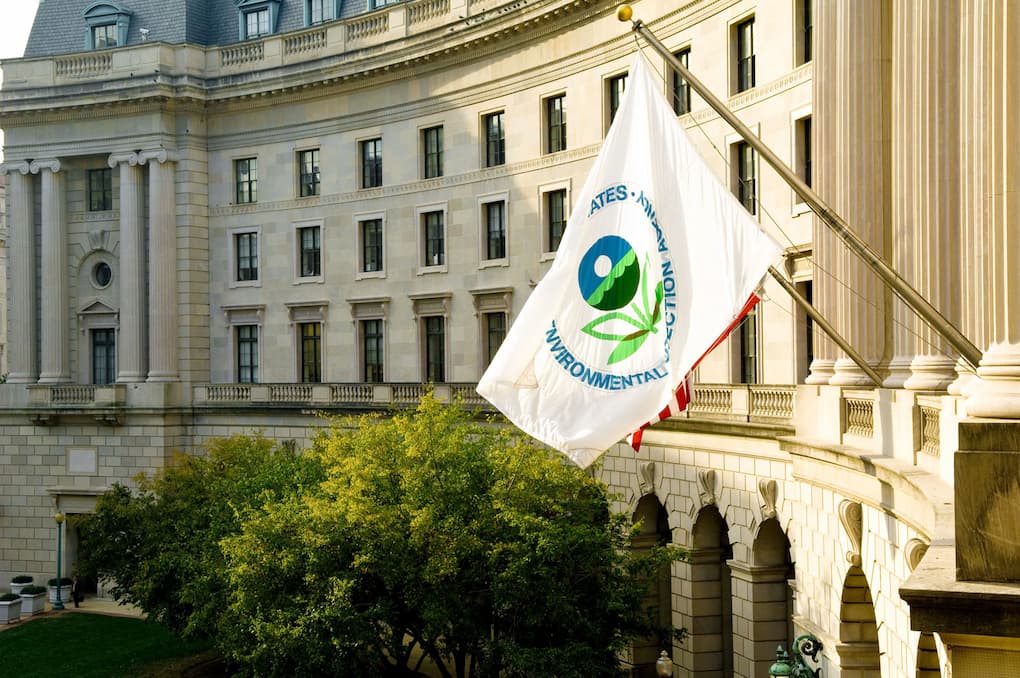The US Environmental Protection Agency (EPA) has announced a final rule to establish a new program to better manage, recycle, and reuse hydrofluorocarbons (HFCs) under the American Innovation and Manufacturing (AIM) Act.
The rule focuses on reducing leaks from large HVAC&R installations and will support the development of solutions to tackle these emissions. It represents the third and final part of the US commitment under the Kigali Amendment to the Montreal Protocol to reduce HFC consumption by 85 per cent by 2036.
The AIM Act authorises the EPA to address HFCs in three main ways: phasing down production and consumption through an allowance allocation program; facilitating the transition to next-generation technologies through sector-based restrictions; and promulgating regulations to maximise reclaim and minimise the release of HFCs from equipment, and ensuring the safety of technicians and consumers.
The measure has been named the Emissions Reduction and Reclamation (ER&R) program. According to the EPA, the ER&R program will help minimise releases of HFCs from equipment by addressing leaks across the lifespan of HVAC&R systems, while also maximising the reuse of existing HFCs – supporting a growing US industry for recovering HFCs from existing equipment and reclaiming them to be used again, all while reducing life-cycle emissions.
The ER&R program includes requirements for repairing leaking equipment, the installation and use of automatic leak detection systems on large refrigeration systems, using reclaimed HFCs to service certain existing equipment, and removal of HFCs from disposable cylinders before they are discarded.
The regulations also establish a standard that limits the amount of new, or virgin, HFCs that can be contained in reclaimed HFC refrigerants. Additionally, the EPA is establishing alternative standards under the Resource Conservation and Recovery Act for ignitable spent refrigerants when recycled for reuse.
The EPA estimates that in addition to the benefits from prior HFC actions, from 2026 through 2050, this rule will provide additional cumulative greenhouse gas emissions reductions of about 120 million tonnes of CO2e, an incremental net benefit of at least USD$6.9 billion.
Stephen Yurek, President and CEO of the Air-Conditioning, Heating, and Refrigeration Institute (AHRI), has praised the announcement.
“In AHRI’s view, this final rule, which is an important part of the ongoing transition from HFCs to next-generation refrigerants, is the first, but important, step in refrigerant management policy for the HFC transition,” says Yurek.
The Environmental Investigation Agency (EIA US) also applauded the initiative.
“This landmark rule solidifies a strong regulatory foundation to drastically cut emissions – curbing demand for new super pollutant HFCs by incentivising the reuse of HFCs already in circulation and penalising their leaks,” says EIA US Climate Campaign Director Avispa Mahapatra.
“In addition to real emissions reductions at home, this provides a powerful example for other countries looking to regulate climate pollution from the cooling sector, especially as we push for robust refrigerant management globally, including at the Montreal Protocol.”
Image courtesy of the US EPA on Flickr
 Mark Vender
Mark Vender


Leave a Reply